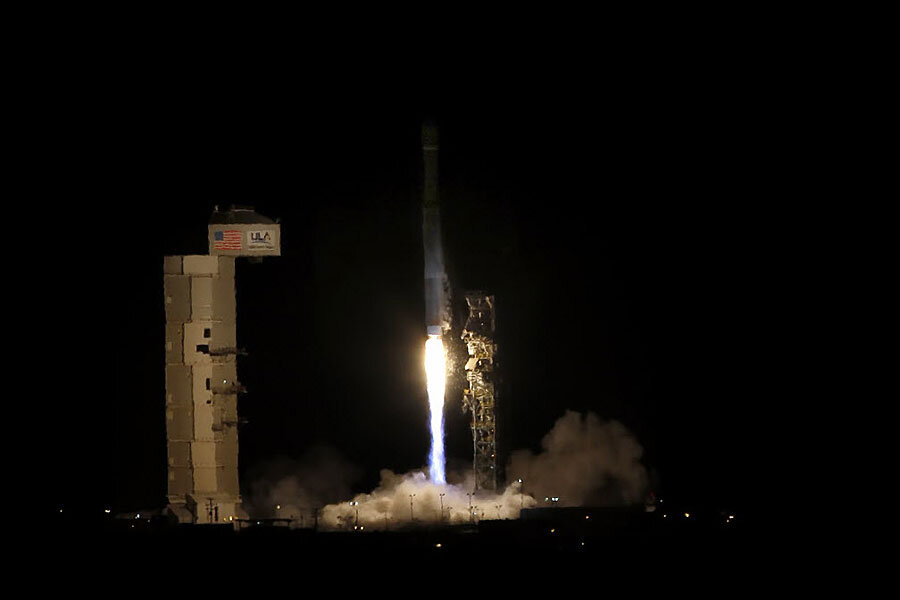Miniature satellite reaches orbit. Could CubeSats be the next frontier for NASA?
Loading...
NASA’s tiny satellite has made it to space.
The space agency confirmed Friday that the Optical Communications and Sensor Demonstration (OCSD) CubeSat spacecraft is now in orbit.
Next, the miniature satellite will demonstrate use of its laser.
The arrival of this CubeSat in space is just the first of two flight demonstrations planned to test the tiny spacecraft.
“This first OCSD demonstration will be very important,” said Andres Martinez, deputy program manager for Small Spacecraft Technology at NASA’s Ames Research Center at Moffett Field in a news release.
The most compact object ever to be flown in space, the CubeSat will demonstrate high-speed optical transmission of data from the 6-watt laser mounted on the tiny satellite, sending the data from Earth’s orbit to receptors on the ground.
This test will provide NASA scientists with data to evaluate the precision of the laser.
Two CubeSats will be launched in the second round of OCSD testing to further evaluate what is learned in the first mission and to test proximity operations.
“Laser communications is very important as it enables the transmission of data from high value science experiments, imaging and other sensors,” said Richard Welle, director of the Microsatellite Systems Department at The Aerospace Corporation.
Each CubeSat is small enough to hold in your hand. Weighing just 5 pounds, the tiny satellite is four inches by four inches by 6.7 inches. The laser is hard-mounted to the miniature spacecraft.
"Technology demonstration missions like OCSD are driving exploration," said Steve Jurczyk, associate administrator for the Space Technology Mission Directorate (STMD) in a news release. "By improving the communication capability of small spacecraft to support data-intensive science missions, OCSD will advance the potential to become a more viable option for mission planners."
But, said Mr. Martinez, “we need to learn how to crawl before we walk.”
OCSD may provide just such technical progress.
“I think the key value of small satellites is the way it encourages very rapid turnover of technology,” said Dr. Welle. “It’s kind of like the electronics revolution where you achieve next generation technology in a few months, instead of years.”
NASA already has big plans for the tiny satellites. The CubeSats could be going to Mars. Once near the Red Planet, the CubeSats would relay data back to Earth.








